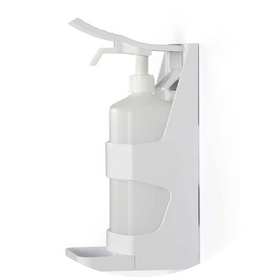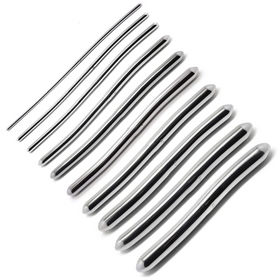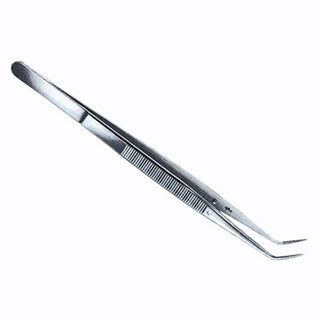Eye health is a fundamental part of overall well-being, yet it is often neglected until discomfort arises. Whether you are treating minor irritants or preparing for emergencies, having reliable first aid supplies for eye and ear care can help prevent complications and support faster recovery. One of the most effective yet simple tools in this category is the eye bath.
Used for cleaning, soothing, and irrigating the eye, eye bath solutions and accessories like eye bath cups are a staple in both home and clinical first aid kits. With dust, allergens, chemicals, and foreign objects common in workplaces, households, and outdoor settings, the right tools are essential for protecting one of the body’s most sensitive areas.
How to Maintain Healthy Eyes Using First Aid Essentials
Maintaining healthy eyes begins with routine care. While regular eye exams are critical, basic habits also contribute to long-term visual wellness. According to the Australian Government Department of Health and Aged Care, managing screen time, wearing UV-protective sunglasses, avoiding smoking, and staying hydrated are key preventive measures.
Proper hygiene is equally important. Keeping your hands clean before touching your eyes, avoiding rubbing, and using sterile solutions for rinsing can prevent infections. Stocking your first aid cabinet with eye-safe saline solutions, artificial tears, and cleansing agents ensures you’re ready to manage irritation from dust, makeup, or accidental splashes.
Incorporating an eye bath into your routine allows for a deeper, more thorough clean when eye drops aren't sufficient. It is especially helpful in industrial workplaces, healthcare environments, and regions prone to allergens or dust.
What Can I Wash My Eye With Safely?
Many Australians search for safe ways to flush their eyes after exposure to debris, chemicals, or dryness. According to optometrists at Oscar Wylee, the best way to clean the eyes is by using sterile saline solution or a commercially available eye wash product. These solutions are isotonic, meaning they match the salt concentration of your tears, which makes them gentle and safe for the eyes.
Avoid using tap water, as it may contain microbes or contaminants that could worsen the condition. Never rinse your eyes with soaps, alcohol-based cleaners, or homemade solutions unless advised by a medical professional.
In first aid situations where chemicals or dust have entered the eye, flush with a sterile solution continuously for several minutes using an eye bath cup, and then seek medical help if irritation persists.
What Is an Eye Bath Cup and Why Is It Useful?
An eye bath cup is a specially designed, small concave vessel used to hold sterile eye wash solution and fit comfortably over the eye socket. These cups allow the user to bathe the eye gently, loosening debris and soothing dryness or irritation.
The design ensures that the solution reaches all areas of the eye surface while minimising wastage. First Aid Kits Australia describes the eye bath cup as a must-have item in any first aid kit, especially in workplaces where there is a higher risk of foreign particles entering the eye.
To use it effectively:
-
Rinse the eye bath cup with sterile water before use
-
Fill it with the eye wash solution
-
Tilt your head forward and press the cup gently to the socket
-
Blink several times while the solution is in contact with the eye
These steps help dislodge dirt and reduce inflammation quickly and comfortably.
What Should You Do If You Get Dirt or Debris in Your Eye?
It’s a common experience: you’re outdoors or working in the garage, and a speck of dust or sawdust enters your eye. Your instinct might be to rub it, but this can worsen the irritation or scratch the cornea.
Healthdirect Australia advises flushing the eye immediately with a saline solution or sterile eyewash using an eye bath or a clean container. Pulling the upper eyelid over the lower can also trigger tears, which may naturally flush out the object. If the particle does not dislodge or pain persists, seek medical attention without delay.
Keeping first aid eye care products on hand ensures that you can act quickly and safely, avoiding long-term damage and discomfort.
Why Eye and Ear Care Matters in First Aid Kits
While most people think of bandages or antiseptics when stocking a first aid kit, eye and ear care supplies are just as important. Eyes and ears are vulnerable to both environmental irritants and mechanical injuries, and they require products that are gentle yet effective.
At Medilab, we offer a reliable selection of eye baths, eye wash solutions, and other essential tools to help you respond to everyday mishaps and ensure the well-being of your eyes. Whether you are building a home kit or stocking supplies for a workplace, investing in quality products gives you peace of mind and promotes faster recovery in minor incidents.
Caring for your eyes involves more than regular check-ups. It requires having the right first aid tools at your fingertips. Eye bath cups, sterile saline, and dedicated eye wash solutions are practical, affordable ways to prevent serious eye issues and maintain clear, healthy vision.
With environmental exposure and screen fatigue on the rise, Australians are increasingly looking for ways to protect their eyes at home, at work, and on the go. First aid eye care supplies play a vital role in that protection, combining practicality with peace of mind.
References
- Department of Health and Aged Care. (n.d.). Eye health and vision. Retrieved from https://www.health.gov.au/topics/eye-health-and-vision
- Oscar Wylee. (n.d.). How to clean your eyes safely. Retrieved from https://www.oscarwylee.com.au/glasses/eye/how-to-clean-properly
- First Aid Kits Australia. (n.d.). Eye Bath Cup. Retrieved from https://firstaidkitsaustralia.com.au/eye-bath-cup
- Healthdirect Australia. (n.d.). Objects or chemicals in the eye. Retrieved from https://www.healthdirect.gov.au/objects-or-chemicals-in-eye





